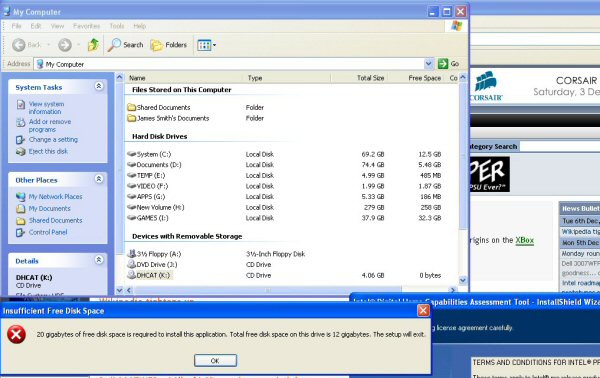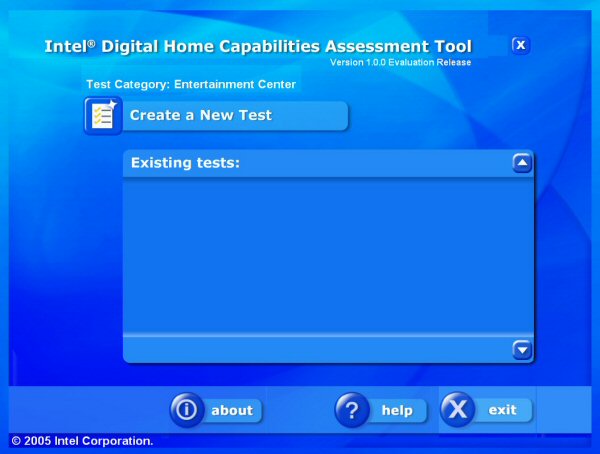Lab notes 1 - setting the scene
James Smith, recently engaged as HEXUS' Manager of Performance Analysis, has a long pedigree in benchmarking and system integration, most recently with luxury custom-PC builder SavRow.
That, however, didn't save him from drawing the short straw and carrying out our initial tests of V1.0.0 of the evaluation release of IDHCAT - Intel’s first attempt at producing a benchmarking program that is capability-based rather than synthetic/application performance-based.
The experience was less than impressive as you'll quickly gather from his lab notes - even though the company would appear to be going in the right direction.
HEXUS.labs - initial assesment of Intel DHCAT 1.000 Evaluation Release by James Smith
IMHO, Intel's Digital Home Capabilities assessment Tools still needs some work before it becomes useable for anyone testing PCs built for the UK market.
I failed in my first attempt to install the benchmark because (as other HEXUS reviewers discovered), the install defaults to the PC's system drive and will not go ahead unless that drive has at least 20GB of free space. It doesn't matter if you have many hundreds of GB free on other drives, that space, seemingly, doesn't count!
After resolving this issue - by freeing up the required space - I was able to get the program installed.
I then ran some scores and took some screen shots of the interface.
 IDHCAT
- Getting ready to do a test run by creating a new test
IDHCAT
- Getting ready to do a test run by creating a new testThe interface itself - IMHO - is pretty intuitive and easy-to-use. However several sections of the benchmark prevent you from task-switching as they use the windows “always on top” window property – causing the window to fill the entire screen ('create a new test' is one screen for sure where this occurs).












